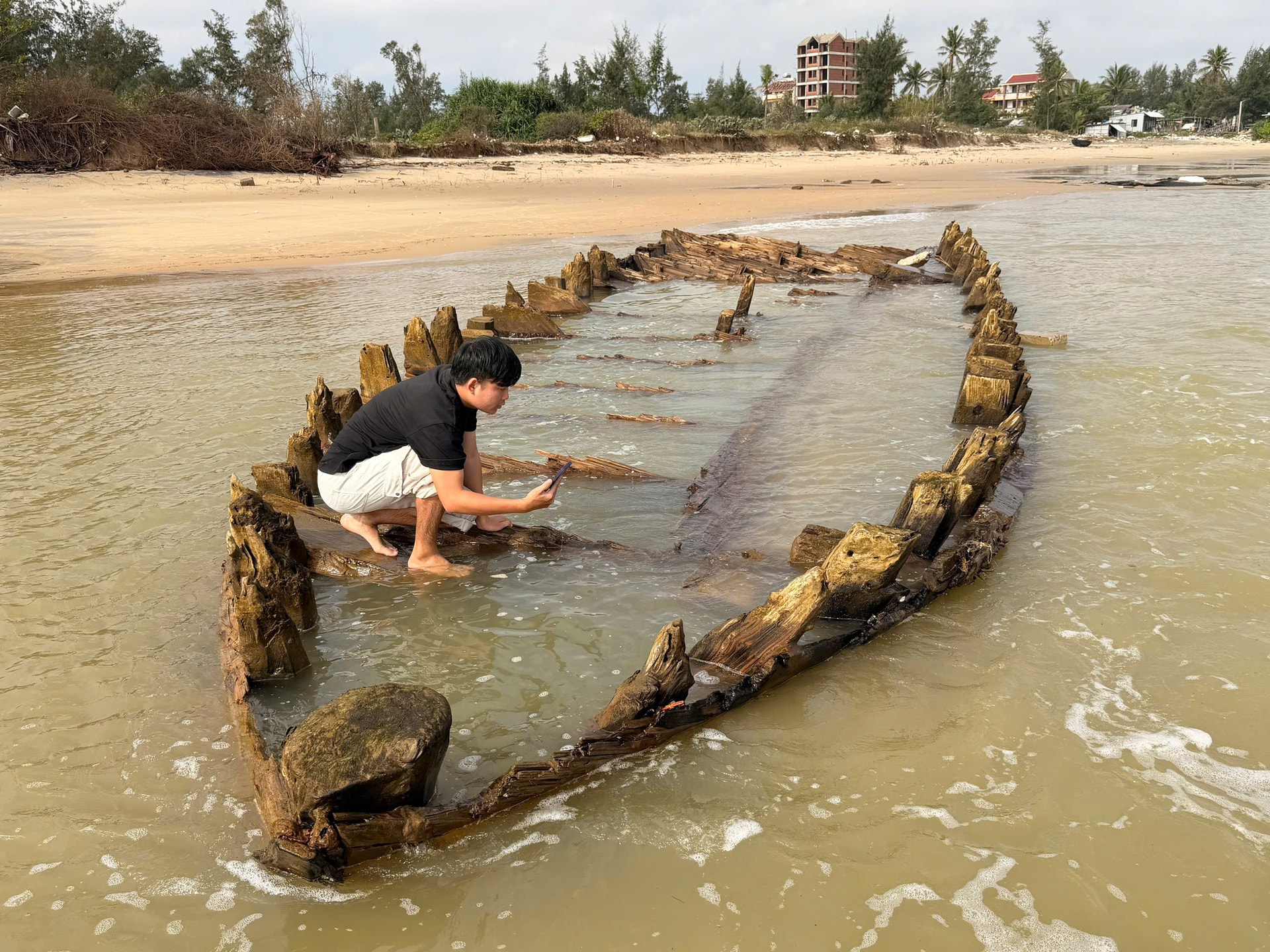
According to Mr. Ha Vy, although the excavation work is very urgent, it is not hasty. First, we must ask for permission from the City People's Committee to prepare the excavation dossier. Next, the implementation steps must ensure scientific and thoughtful requirements, because this is not only an excavation issue but also related to the process of salvaging and preserving artifacts.
The above viewpoint was also affirmed by Mr. Ha Vy at a working session with the Hoi An World Cultural Heritage Conservation Center on the plan for archaeological excavation research and preservation of shipwrecks in the coastal area of Hoi An Tay, on the afternoon of November 11.
At this meeting, Mr. Pham Phu Ngoc, Deputy Director of the Hoi An World Cultural Heritage Conservation Center, proposed the need to urgently excavate the ancient ship because the coastline where the shipwreck was discovered has suffered serious erosion, increasing the risk of negative impacts on the current state of the relic.
Worryingly, the exposed shipwreck is buried daily by the tide, making the structure of the relics vulnerable to damage. Especially under the impact of sunlight and sudden changes in environmental temperature, the wood easily expands, softens, decays, and even mold appears… posing a potential risk of the relics being destroyed.
“Currently, according to the new regulations of the 2024 Law on Cultural Heritage (item a, clause 2, Article 39), to conduct a regular archaeological excavation, the site must comply with the archaeological planning. Although there is no archaeological planning in the area yet, in the current urgent situation, it is not possible to conduct a regular archaeological excavation but must conduct an emergency excavation, regardless of the archaeological planning,” Mr. Ngoc explained.
Specifically, the excavation process will be carried out in two phases. First, organizing emergency excavation and urgent preservation (relocating artifacts). In particular, the emergency excavation process will not use excavation methods for underwater archaeology such as diving or specialized underwater equipment... but will instead use wet excavation by driving larsen piles around the ship.
Using water pumps combined with manual archaeological methods such as dredging, cleaning, processing documents at the site, editing documents, and creating archaeological excavation records.
During the excavation process, when the wooden surface is exposed, it will be preserved by using thick canvas that has been treated with color, chemicals soaked in water to cover the wooden surface, and periodically sprinkled with clean water. If other relics are discovered inside and outside the ship, they will also be treated according to archaeological methods.
After excavation, it is proposed to move the ship to the Hoi An Museum campus, carry out solutions of salt water soaking, biological disinfection, etc. to serve the preservation and promotion of value. Due to the serious erosion of the coastline, preserving the ship in situ is not feasible.

In phase 2, the ancient ship relics will continue to be preserved and their values will be promoted, such as: completing the means of the house to ensure the environment of the relics; drying and preserving, reinforcing the ship after the salt water is released; opening to welcome visitors...
“It is expected that after completing legal procedures, the emergency excavation time will be from 1 to 1.5 months, the urgent preservation time will be from 1 to 1.5 years, and the expected excavation area will be 700 square meters,” said Mr. Pham Phu Ngoc.
According to Mr. Ha Vy, based on the submission of the Hoi An World Cultural Heritage Conservation Center, the Department of Culture, Sports and Tourism will ask for the opinion of the City People's Committee to issue a document allowing urgent archaeological excavation of ancient ship relics.
However, the planning, excavation and salvage of the ship must involve the participation of relevant consulting agencies. In particular, it is necessary to quickly develop a preservation plan because when the ship is brought above ground, the environment and humidity will change. This is an issue that requires utmost attention to avoid the ship's relics being damaged by the environment.
Source: https://baodanang.vn/da-nang-than-trong-khai-quat-tau-co-tai-bo-bien-phuong-hoi-an-tay-3309871.html





![[Photo] The "scars" of Da Nang's mountains and forests after storms and floods](https://vphoto.vietnam.vn/thumb/1200x675/vietnam/resource/IMAGE/2025/11/13/1762996564834_sl8-jpg.webp)







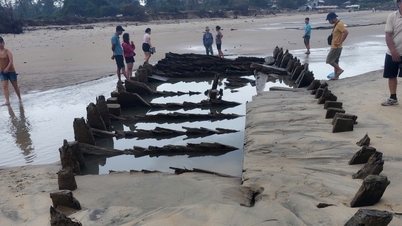

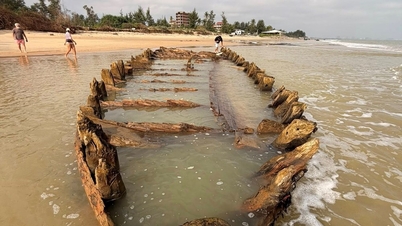

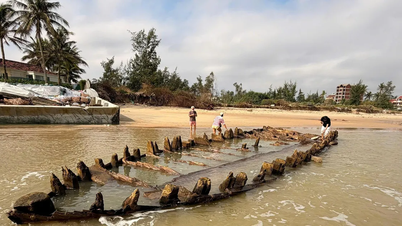

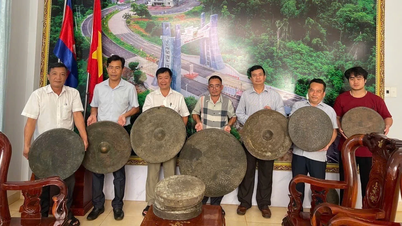




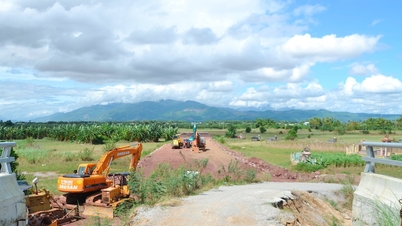











![[Photo] Prime Minister Pham Minh Chinh attends a conference to review one year of deploying forces to participate in protecting security and order at the grassroots level.](https://vphoto.vietnam.vn/thumb/1200x675/vietnam/resource/IMAGE/2025/11/12/1762957553775_dsc-2379-jpg.webp)























































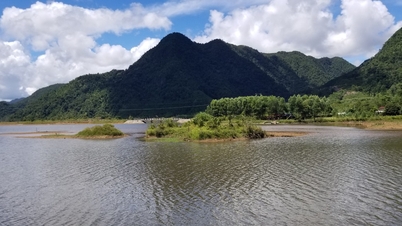







![Dong Nai OCOP transition: [Article 3] Linking tourism with OCOP product consumption](https://vphoto.vietnam.vn/thumb/402x226/vietnam/resource/IMAGE/2025/11/10/1762739199309_1324-2740-7_n-162543_981.jpeg)








Comment (0)